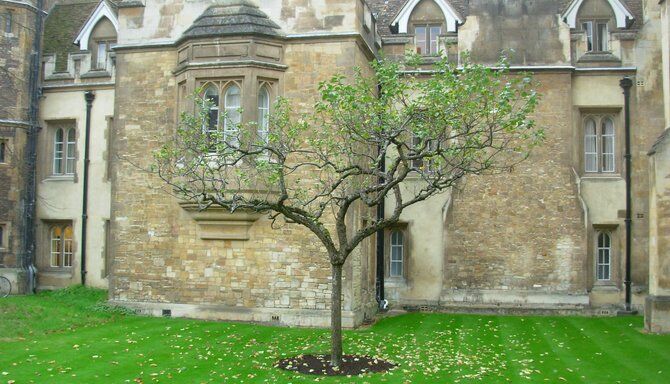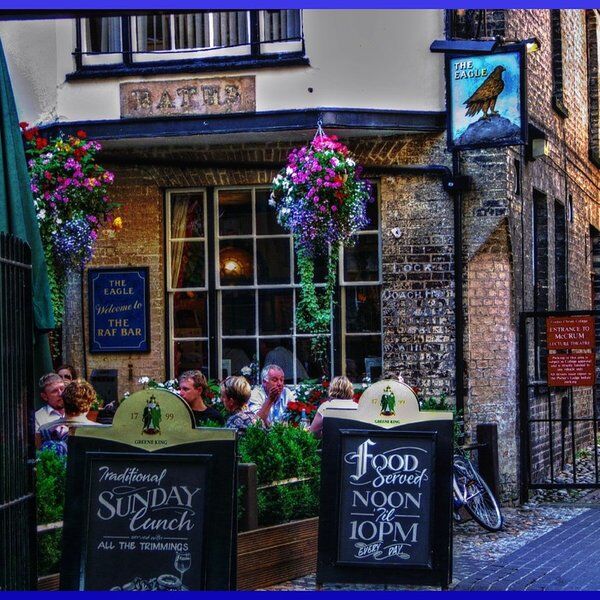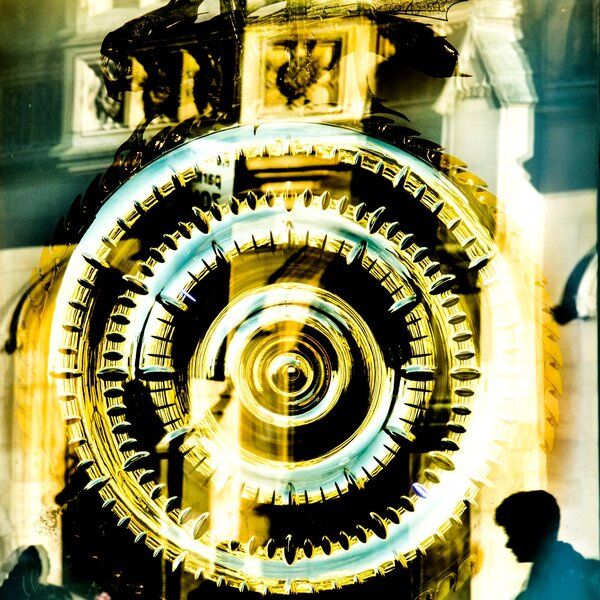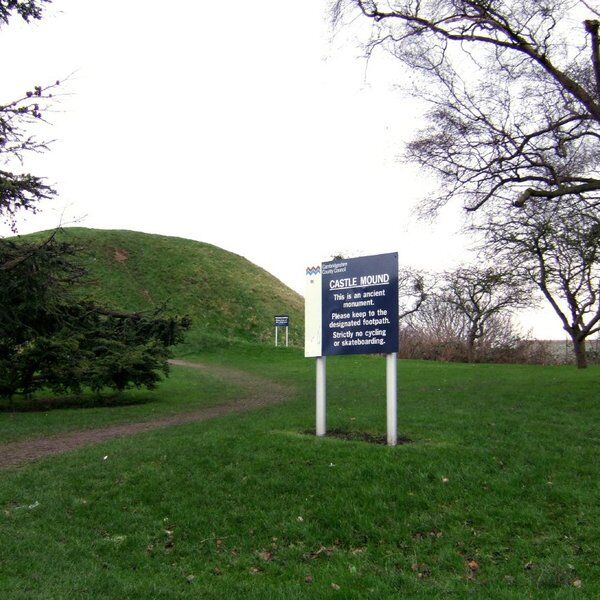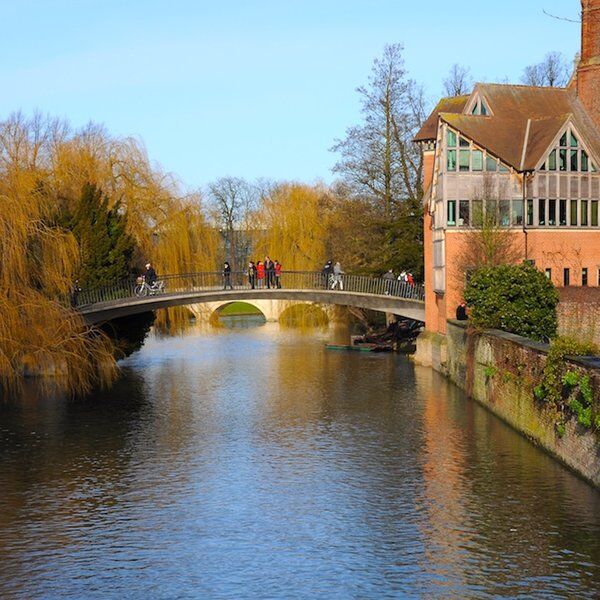Discover Newton's Apple Tree
Cambridge, a city renowned for its scholarly history, once harboured a leafy relic that connected us directly to one of the greatest scientific minds in history – Sir Isaac Newton. Before its demise in February 2022, Newton's Apple Tree was featured at Cambridge University’s Trinity College.
Not far off being denoted a national treasure, Newton’s Apple Tree was honoured during Queen Elizabeth I’s Diamond Jubilee in 2012, as being one of the 50 Great British Trees. During its residency on the college campus, the tree served as a reminder of the curiosity, observation, and genius of the human race.
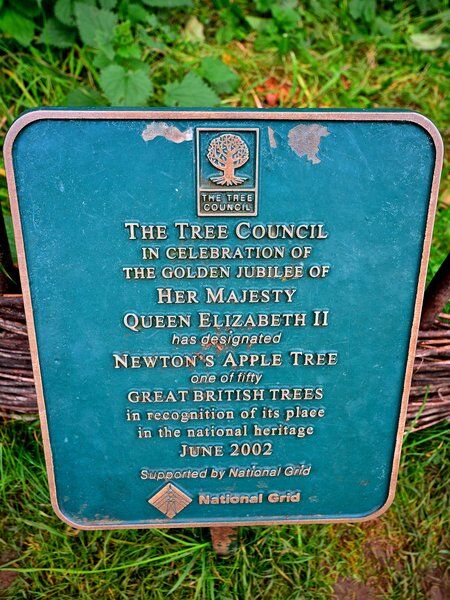
The Origin and Legacy of Newton's Apple Tree
A scion of the original apple tree from Newton’s home at Woolsthorpe Manor, Lincolnshire, this is believed to be the very same tree that inspired Newton's groundbreaking theory of gravity. While the story might have gained embellishments over the years, the authenticity of the tree is indisputable. Planted in 1954 to honour Newton's ties to Cambridge University, the tree, a Flower of Kent variety, symbolises the intersection of the natural world and human intellect.
The Story Behind the Tree
Newton's association with Cambridge began in 1661, but it was during his time spent away from the university, prompted by the Bubonic Plague outbreak, that he witnessed the apple fall in his garden at Woolsthorpe Manor.
Despite debates over the apple hitting his head, the tree's significance remains profound. Newton's musings beneath its branches led to the formulation of his theory of gravity, published in Principia in 1687.
Historical Roots at Woolsthorpe Manor
“We recently had the genome of our tree sequenced by the Darwin Tree of Life project. From this analysis, our tree seems identical to other descendants, and so we can say with confidence that ours is a direct clone of the original tree in Grantham, which also fell in a gale in the 19th century.”
Woolsthorpe Manor, Newton's birthplace, remains home to the original 400-year-old apple tree. Dendrochronology reveals the tree's resilient spirit, regrowing from roots surviving a storm in 1816. While various claims exist about other trees linked to the story, the National Trust cares for the authentic Flower of Kent tree in Lincolnshire. Numerous clones, including those at Trinity College and Loughborough University, serve as global ambassadors of Newton's legacy.
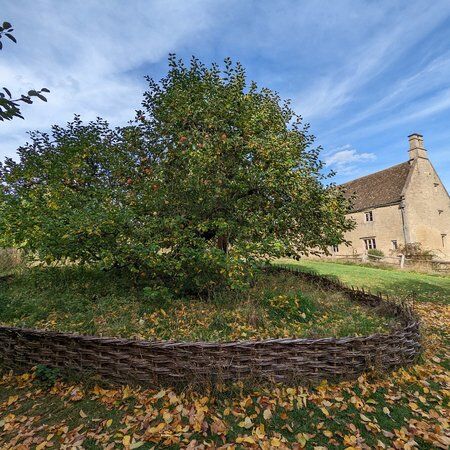
Newton's Gold at Cambridge University
“To our knowledge, this is the first time anyone has discovered the colours hidden with a descendent of Newton’s inspiring tree… I thought I’d end up with black pigment but it’s a dark golden yellow. I’m calling it ‘Newton’s Gold’.”
In a twist of fate, the renowned apple tree at Cambridge University met its end during the relentless Storm Eunice in 2022. However, seizing the opportunity, artist Nabil Ali breathed new life into the fallen tree by transforming it into 'Newton's Gold' ink. Ali cut into the tree expecting to find a dark or black-coloured sap to use for the ink, instead he struck gold!
“The tree was held in great affection by staff and visitors to the Garden and we’ve been hoping for innovative and creative uses of the timber. We’re so pleased that Nabil has managed to sample its colour in this way. His work is an inspiring way of engaging people in the natural world through art and performance and we look forward to seeing how Newton’s Gold will be used!”
This ink became the medium for Ali's latest masterpiece – an art installation christened 'The Tree That Once Was.' Framed by 68 apples, a nod to the tree’s age, the artpiece is the perfect ode to the legacy of Newton’s Apple Tree.

Educational Significance of the Apple Tree
Newton's Apple Tree has become an enduring symbol of scientific discovery, but this extends far beyond the grounds of Cambridge. Statues immortalising the physicist can be found at prestigious institutions like the Oxford University Museum of Natural History. A bronze statue, inspired by William Blake's etching, resides on the piazza of the British Library in London, and another stands prominently in Grantham, where Newton attended school.
Newton’s Apple Tree in Space
Not only outside of Cambridge, but outside of Earth, Newton's apple tree has ventured into space, which considering it helped identify gravity makes sense!
In 2010, British-born NASA astronaut Piers Sellers took a small, 10cm cutting of the tree into space, marking the 350th anniversary of the Royal Society, an institution Newton once presided over. The tree sample, engraved with Newton's name, embarked on a 12-day mission aboard the space shuttle Atlantis to the International Space Station (ISS). After its voyage, the sample was placed in a historical exhibition at the Royal Society.
In a continuation of its interstellar journey, seeds from Newton’s Apple Tree were sent into space by the European Space Agency on the 2014-15 Principia mission with astronaut Tim Peake. As part of the "Pips in Space" initiative, these seeds floated in microgravity for six months before returning to Earth in 2016. Ten saplings derived from the tree were later auctioned in 2023, with proceeds supporting the upkeep of Woolsthorpe Manor.
Preserving Newton's Apple Tree
Following the unfortunate demise of Isaac Newton's Apple Tree at Cambridge University Botanic Garden (CUBG), efforts are underway to continue its legacy. Anticipating the eventual demise of their cherished tree, the CUBG team embarked on a three-year grafting initiative to clone the original tree.
Today, they proudly hold relatives of Newton's apple tree in their reserves, ready to be planted in a designated area within the Garden. This strategic relocation aims to mitigate the impact of honey fungus, believed to have played a role in the weakening and demise of the original tree prior to the storm.
Our Thoughts…
While Newton's encounter with the falling apple has become synonymous with the discovery of gravity, the tale has, over time, taken on a mythical quality. The reality, however, remains anchored in the existence of the genuine apple tree at Woolsthorpe Manor. Despite the embellishments, the tale persists as a beautiful homage to one of England's foremost scientists.
Discover More of Cambridge With CityDays
Ready to discover more of what Cambridge has to offer?
CityDays have a brand new treasure and scavenger hunt in Cambridge, which combines the fun of an escape room with the historic facts and whimsical trivia of a walking tour!
Take the stress out of planning your visit to Cambridge and book your adventure today!
Not visiting Cambridgethis time? Don’t worry, you’ll find us all over the world.
